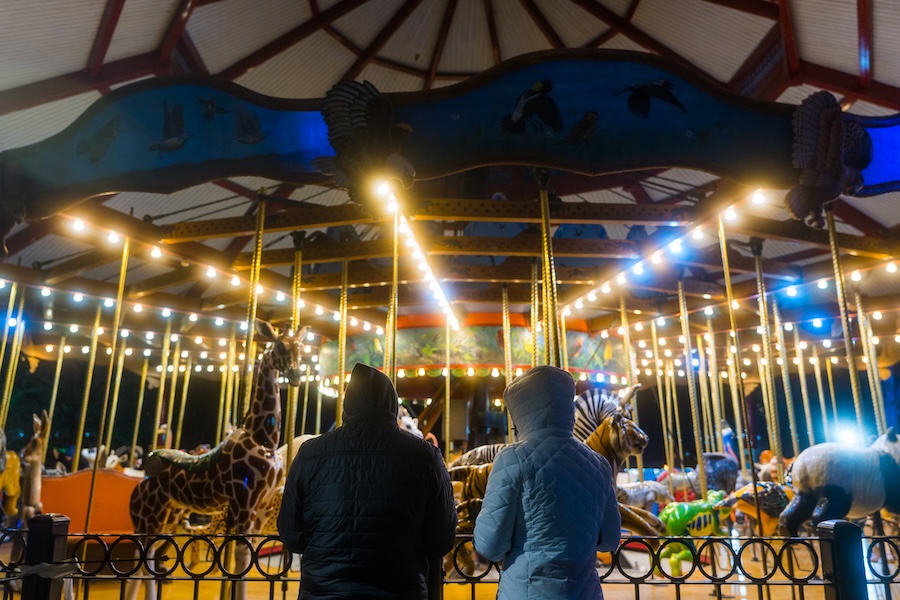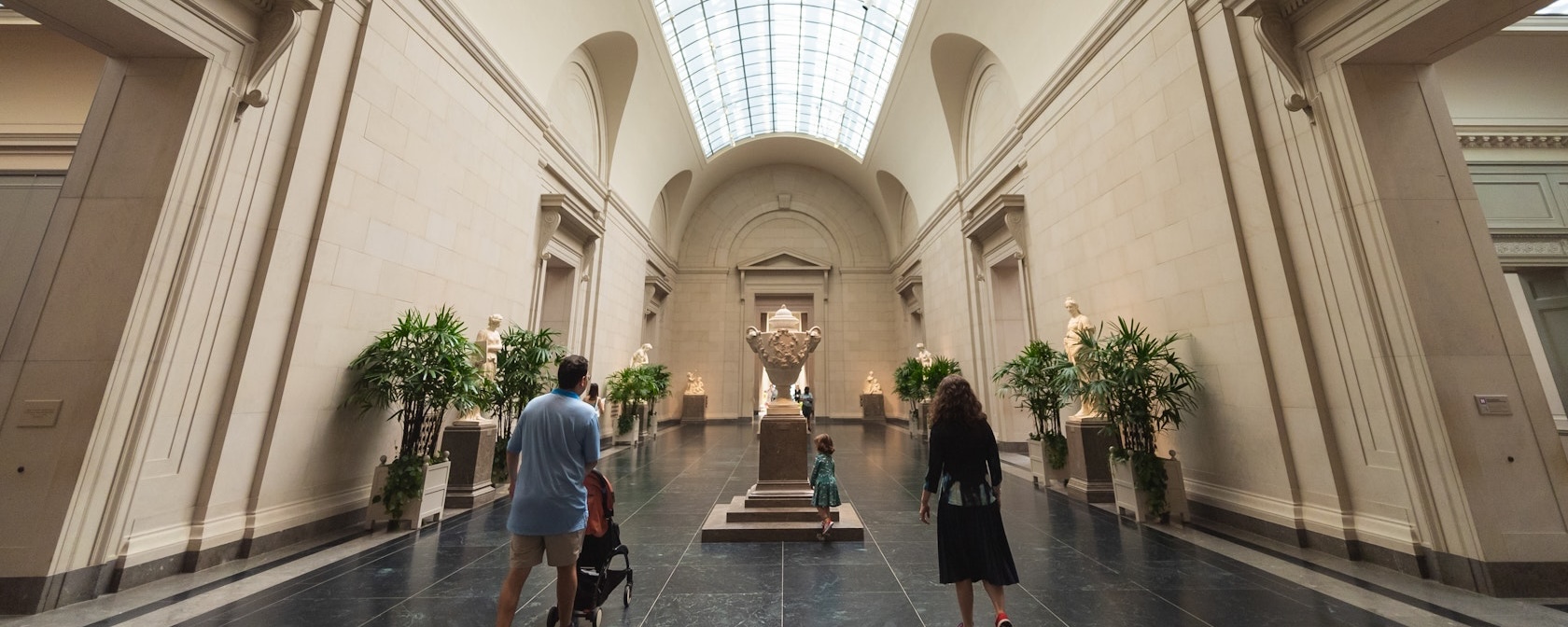Experience this powerful living memorial to the Holocaust on the National Mall.
What and where is the United States Holocaust Memorial Museum?
The United States Holocaust Memorial Museum is located on the National Mall, just south of Independence Avenue SW, between 14th Street and Raoul Wallenberg Place SW. Its official address is 100 Raoul Wallenberg Place SW, Washington, DC 20024. The museum serves as a living memorial to the Holocaust, one of the worst tragedies the world has ever seen. Its purpose is to educate its visitors on the dangers of hatred and the atrocities of genocide, and how society can confront challenges to freedom and human dignity.
Hours & Ticketing
The museum is open from 10 a.m. to 5:20 p.m. every day of the year except for Yom Kippur and Christmas Day, December 25. Admission to the museum is free but timed tickets (subject to a $1 transaction fee) are needed to enter the museum’s permanent exhibition, which details the story of the Holocaust from 1933-1945. Find out more info on acquiring tickets to the United States Holocaust Memorial Museum.
Best way to get there.
The easiest way to get to the United States Holocaust Memorial Museum is via Metrorail; the closest Metro stop is the Smithsonian station on the Orange, Blue and Silver lines, just one block from the museum. The facility is accessible to visitors who require mobility assistive devices.
What exhibits are inside the United States Holocaust Memorial Museum?
The centerpiece of the United States Holocaust Memorial Museum is its permanent exhibition, simply titled The Holocaust. Covering three floors, the exhibit uses artifacts, photographs and film to provide a chronological telling of the tragedy, with each floor covering a different era. Along the way, you will see personal objects that belonged to survivors, as well as hear their eyewitness testimonies.
The museum’s other exhibits, which often rotate, further serve to educate visitors about the perils of discrimination and violence motivated by prejudice.
The learning does not have to stop there. The United States Holocaust Memorial Museum’s website is also full of resources in order to further inform citizens about the damaging effects of prejudice and discriminatory violence, as well as how to confront such behavior and beliefs. The museum frequently hosts film screenings and events, including first-person testimonials from brave survivors of the Holocaust.





